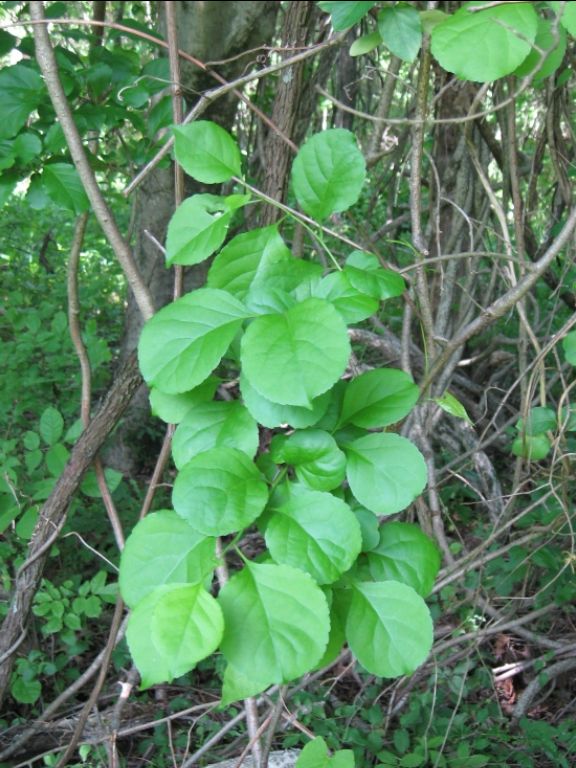Bittersweet

Unfortunately, we have this invasive species in our park as well. While we may never be able to eradicate it completely, our goal is to reduce its current footprint, free native trees from their winding vines, and prevent new areas from being infested. We can only do this with help from our wonderful volunteers, so keep an eye our for upcoming bittersweet removal events!
Unfortunately, we have this invasive species in our park as well. While we may never be able to eradicate it completely, our goal is to reduce its current footprint, free native trees from their winding vines, and prevent new areas from being infested. We can only do this with help from our wonderful volunteers, so keep an eye our for upcoming bittersweet removal events!
Gap Cutting
There’s a special technique to cutting round leaf bittersweet (also known as oriental bittersweet). In the park, we use two methods. The first is to cut smaller vines and saplings as close to the ground as possible. The second is to cut larger vines using a method called “gap cutting”. Cutting a large gap in the vine will disconnect the vine from it’s roots. Eventually, the vine end will die and fall out of the tree it’s attached to.
To do this, we cut a 1 – 3 foot gap in the large vine between knee and shoulder level. Be sure to cut a large enough gap or else the new growth from the root end can reconnect with the vine end!
